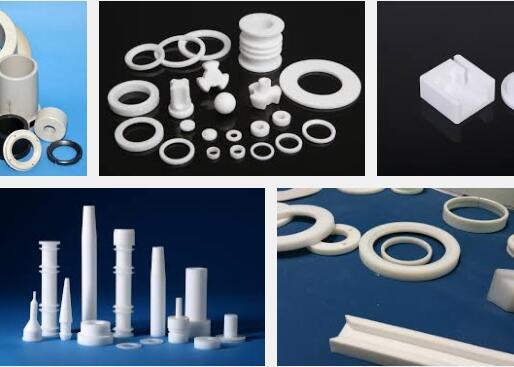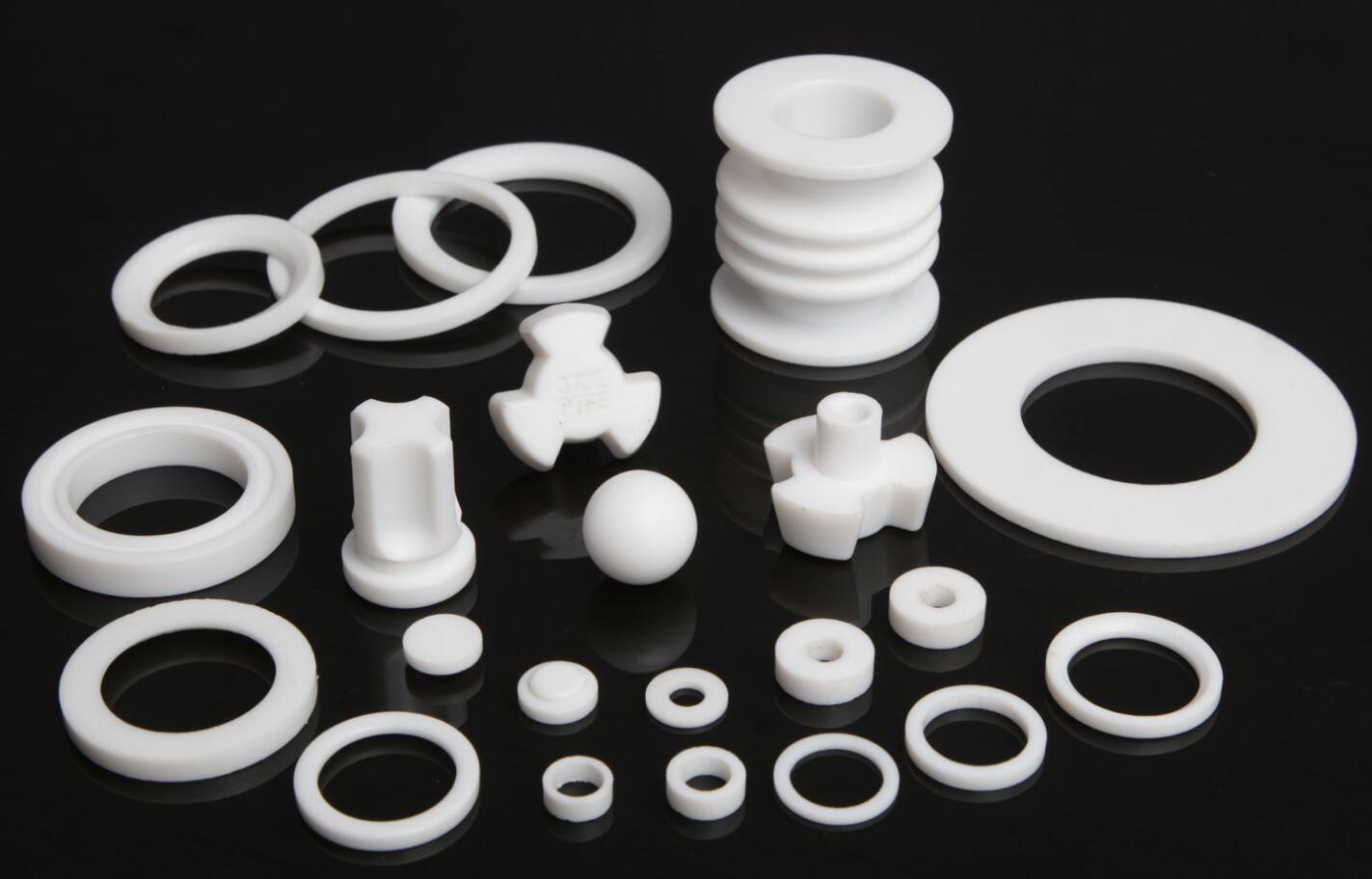PTFE parts are easy to machine, affordable and long lasting. Parts made of this unique plastic are often used in mechanisms that rotate or slide due to PTFE’s low coefficient of friction and wear resistance……

PTFE stands for Poly Tetra Fluoro Ethylene, it is a fluorocarbon-based polymer. PTFE’s mechanical properties are low compared to other plastics, and can be used over a wide temperature range of -73°C to 204°C. Mechanical properties are often enhanced by adding fillers. Generally,filled PTFE’s maintain their excellent chemical and high temperature characteristics, while fillers improve mechanical strength, stability, and wear resistance. It has excellent thermal and electrical insulation properties and a low coefficient of friction.
PTFE is very dense and cannot be processed by melting. PTFE must be compressed and sintered to form useful shapes. PTFE is easily machined on all standard equipment, including the most advanced CNC machining equipment. PTFE can be cut, bored, milled and turned using standard tooling. While closer tolerances are occasionally required, they usually are not necessary. PTFE is very resilient which allows machined parts to conform to most working dimensions.
Various Compression Molded & Machined components, such as:
- Seals,Nozzles,Gaskets,Washers,Blocks,Rings,O-ring,V-rings,Balls,Insulators
PTFE Parts Advantages:
- PTFE parts are easy to machine, affordable and long lasting. Parts made of this unique plastic are often used in mechanisms that rotate or slide due to PTFE’s low coefficient of friction and wear resistance. Like most plastics, parts need no surface finish and continue to look good and work well over extended periods. This unique plastic has non-stick properties, is moisture and chemical resistant and has a high strength to weight ratio. It is easily machinable, has excellent dielectric properties and a relatively high melting point.

Post time: May-19-2017

